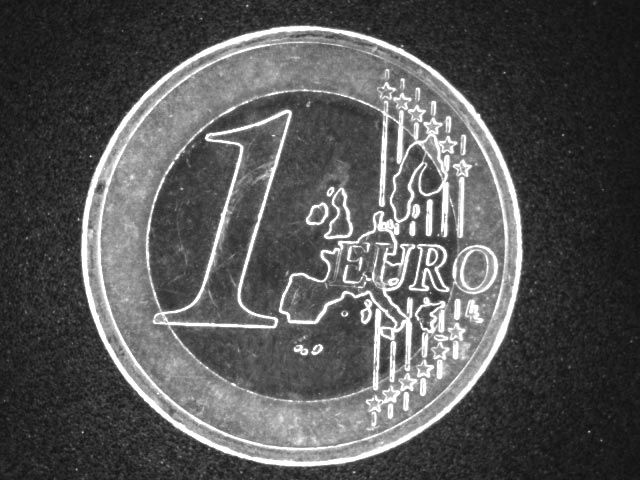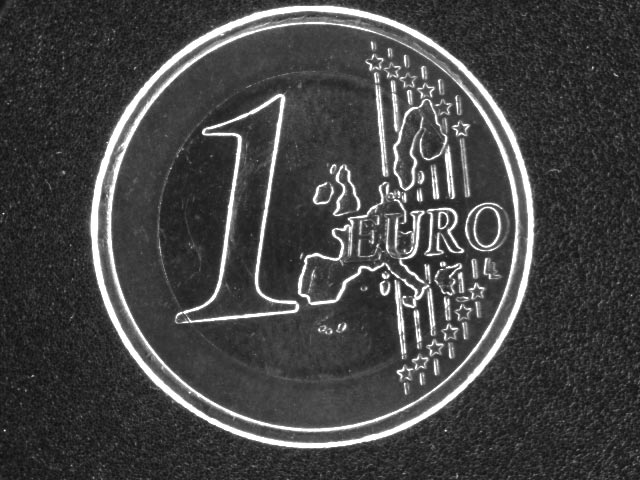LED light bars - bar lights
Light beams can shine onto the object from above, at angles from one side or all around, shallowly or from the opposite side. Depending on the surface shape, material texture and structure, light is scattered, absorbed, reflected or transmitted on the object or it can cast a shadow. In addition to the direction of the illumination, it is very important whether the light is collimated and diffuse.
Fresnel lighteffect


Fresnel lightexample

In the following we deal with the possible parameters of illumination and the different lighting techniques. They must be selected in such a way that a perfectly evaluable image is generated in combination with the material properties of the test object.
Fresnel LightBulb
The main task of lighting is to create contrast between the object features to be detected. A variety of parameters can determine the light source, which creates an interaction with the test object and its individual material properties.
Depending on the material surface, a large number of effects appear there. The incident light is partly absorbed and, depending on the material surface, parts of it are reflected and strayed. In case of opaque, semi-transparent or translucent materials, the light can penetrate through the body (transmission). In some cases, the light is even polarised or diffracted at the surface.
Usually one of these effects never appears alone, but it is always a combination of several effects. Even a high-quality mirror reflects only about 95% of the incident light.




 Ms.Cici
Ms.Cici 
 8618319014500
8618319014500